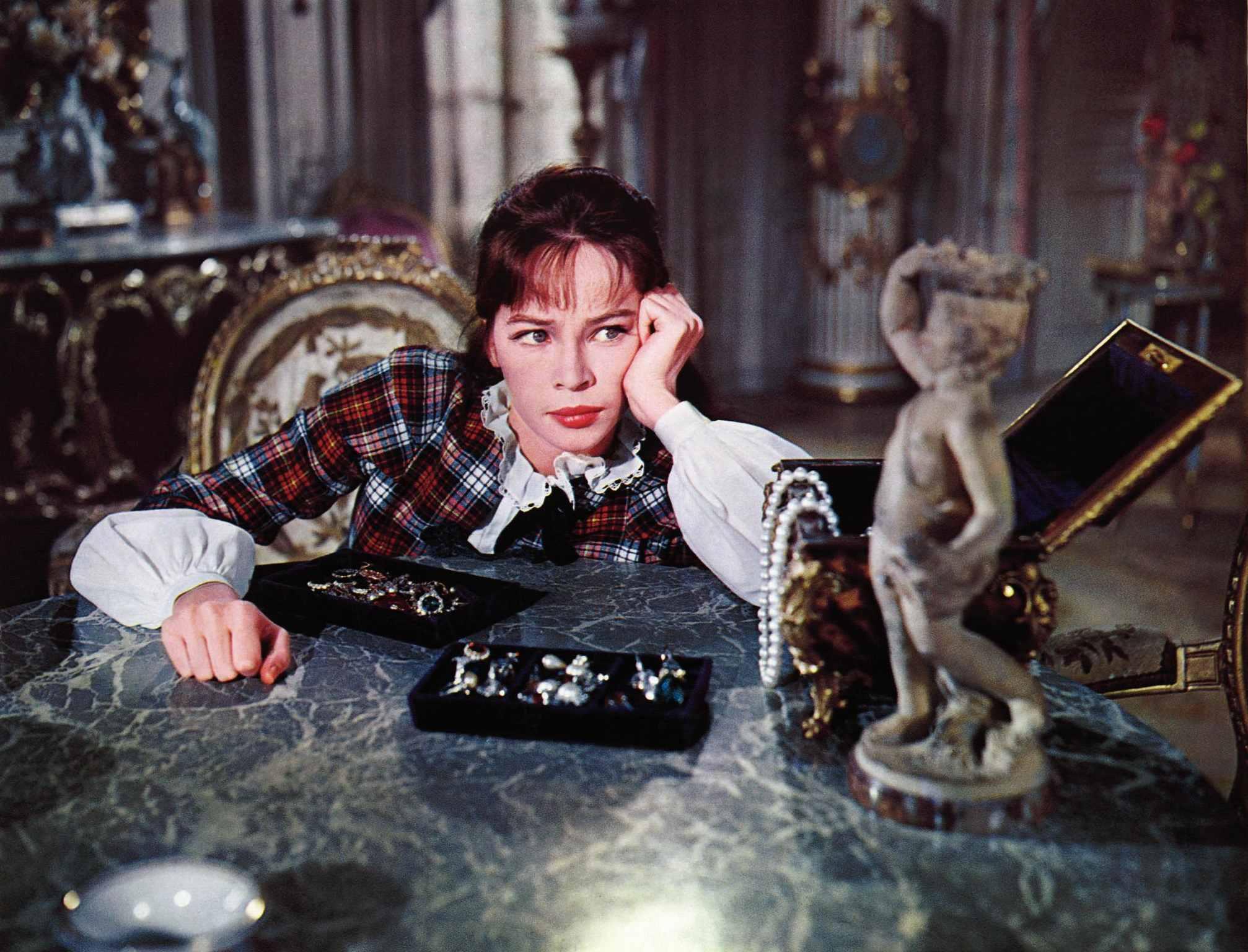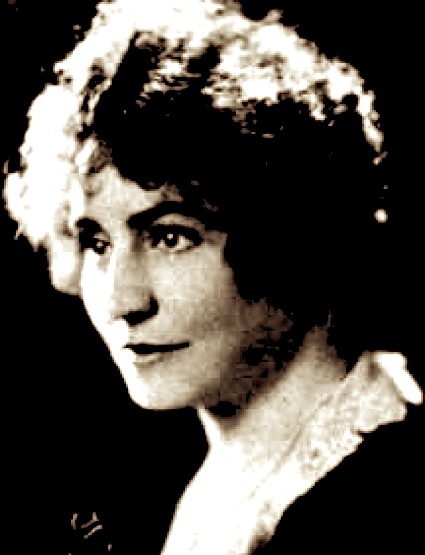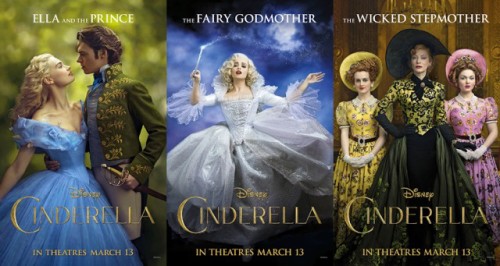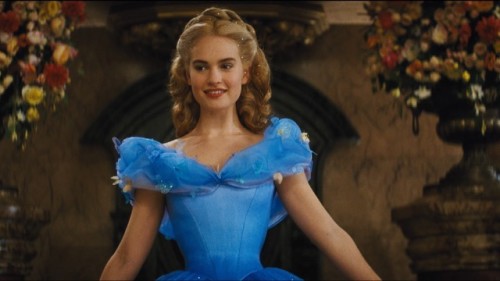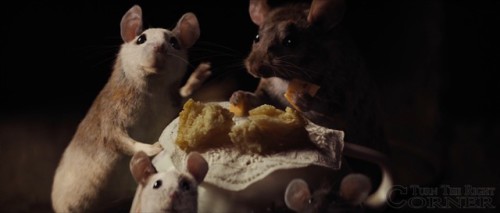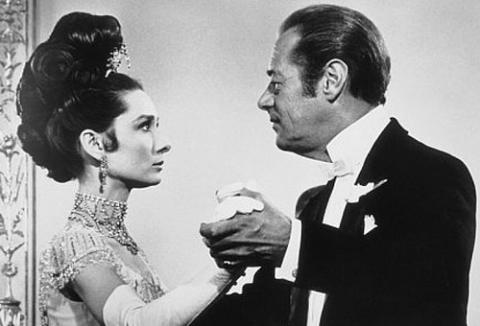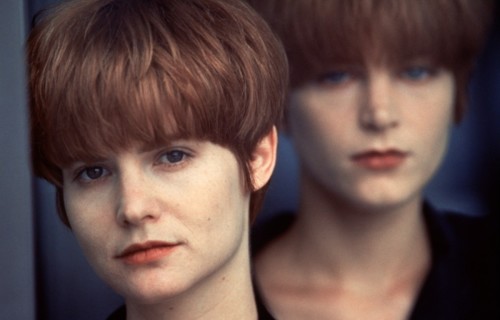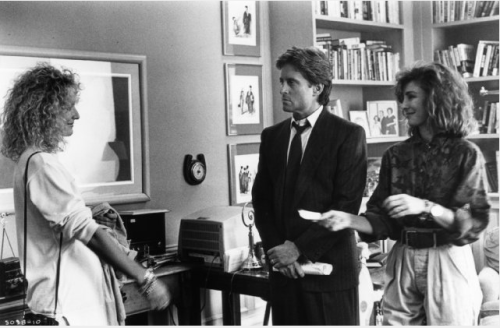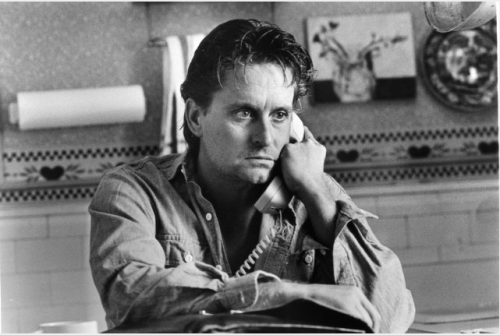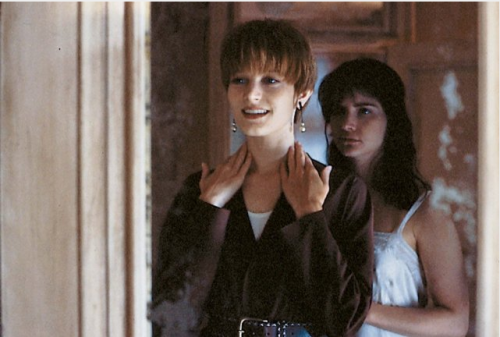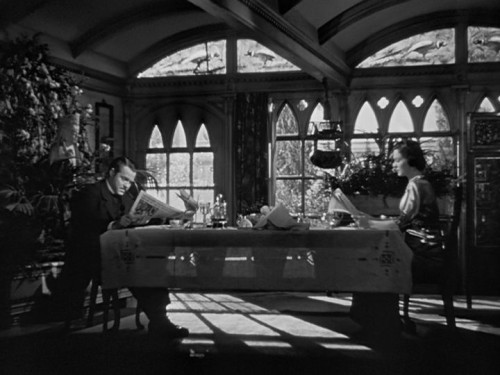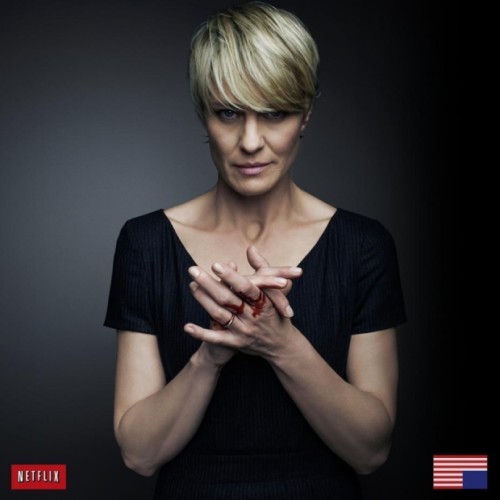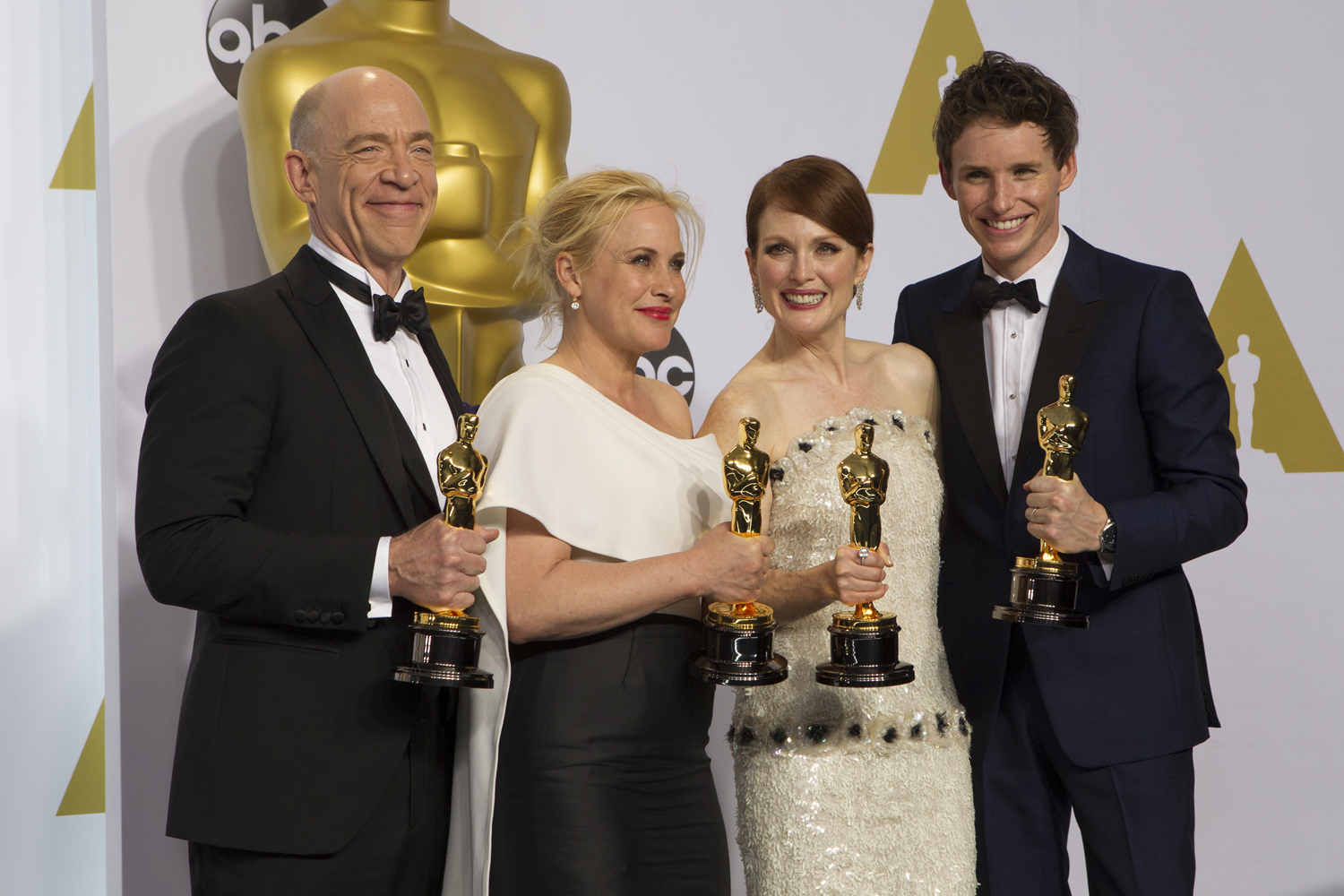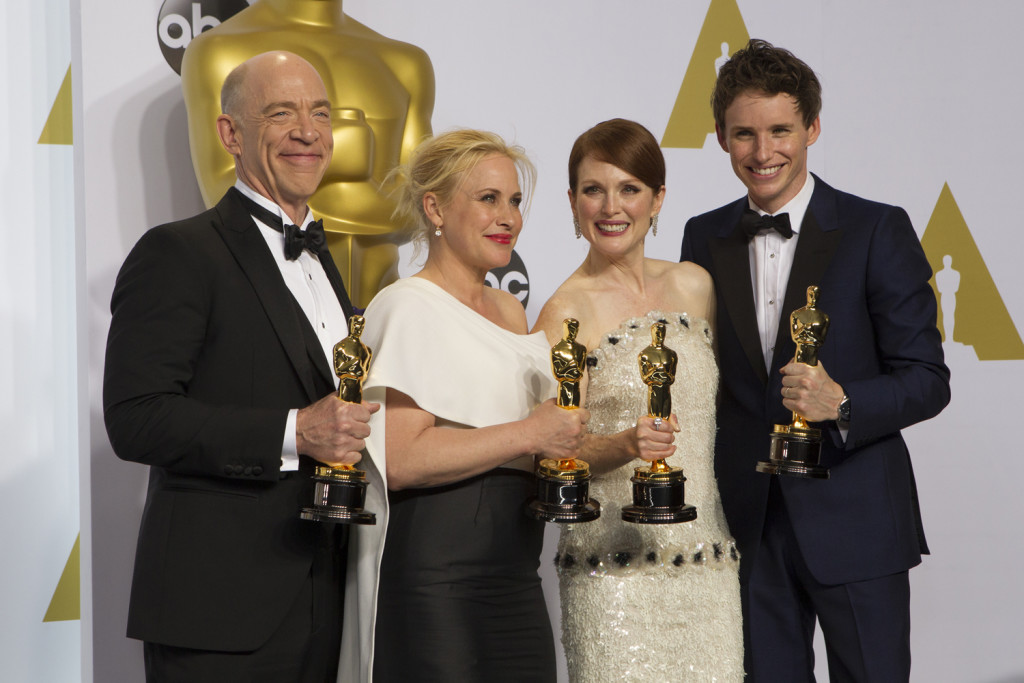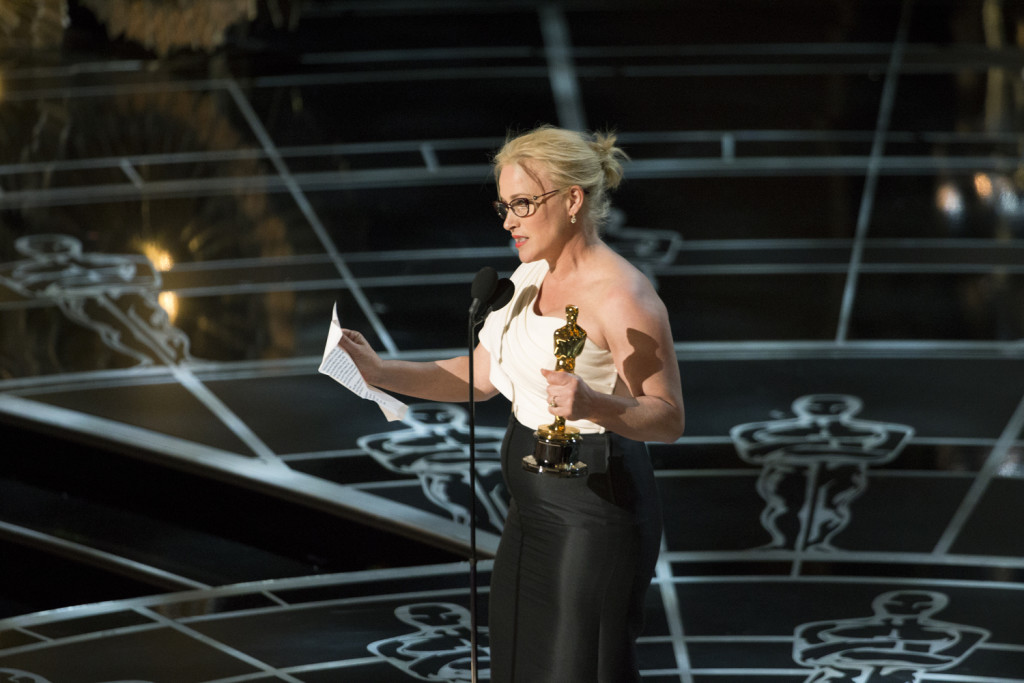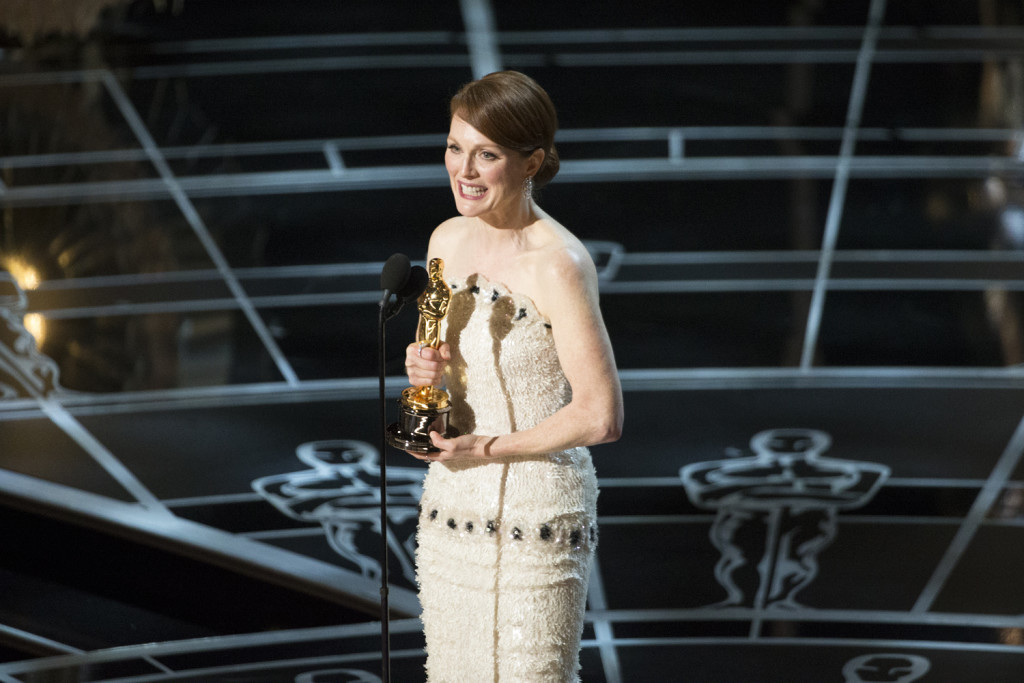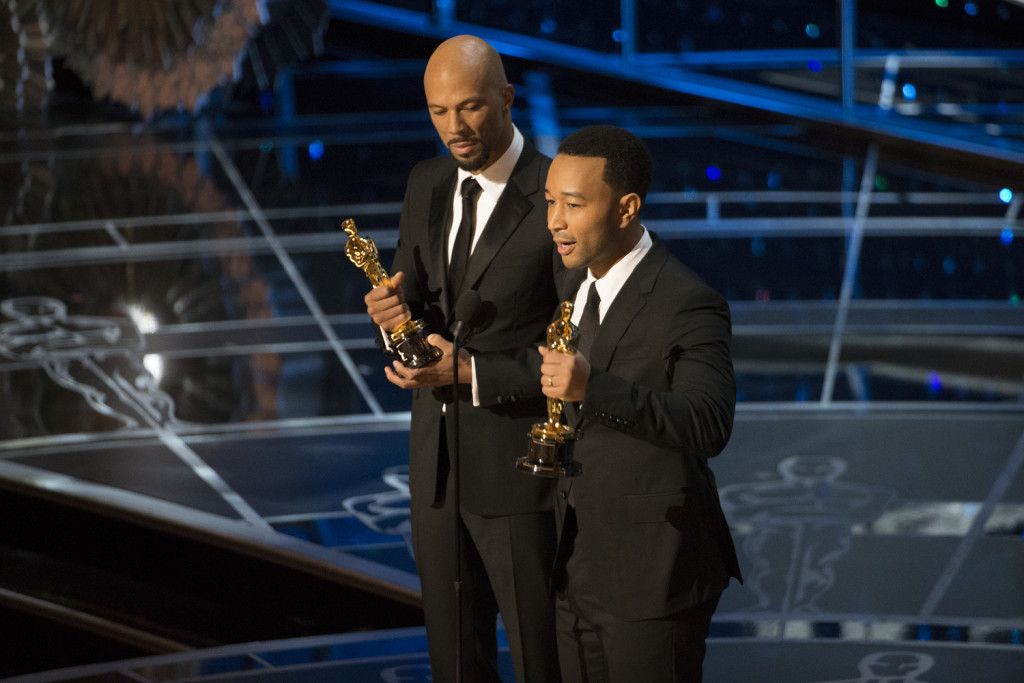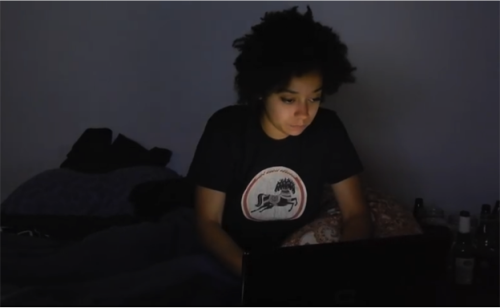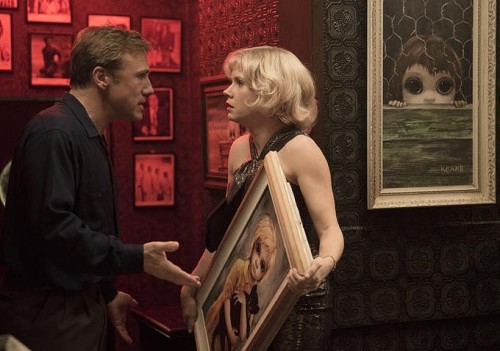First made as a film musical in 1958 and then flopping as a stage musical in the 1970s, the revival of the Lerner and Loewer’s Gigi just opened on Broadway on April 8 with Vanessa Hudgens in the title role. This revival has brought more attention to the original film musical, which starred Leslie Caron as Gigi. The story Gigi, originally written as a novella in 1944 by Colette, takes place in Paris in the year 1900 and follows a girl coming of age while being pressured into becoming a courtesan to upper class men. Though her age was raised for the current stage adaptation, in Colette’s novella, Gigi starts the story at 15. At 15-and-a-half, her “lessons” in womanhood are completed, and she is expected to be a mistress to an old family friend – the wealthy and mustached 33-year-old Gaston. Instead of taking her on as his mistress and being her introduction to life as a courtesan, he asks for her hand in marriage. The novella ends there, and it is left up to the audience as to whether Gaston’s request was granted.
Colette’s novella focuses almost entirely on the domestic and “female” space of Gigi’s apartment, which she shares with her mother and grandmother (whom Gigi calls Mamita), and where her great-aunt (Aunt Alicia) often comes to visit. Her mother became a courtesan and then an actress/singer, and while she is often home late, she nonetheless cares deeply about her daughter and her future. She contributes to the income of the family, and is largely supported in her career choice by them. Alicia and her sister were courtesans, have since retired, and they are the ones who look after Gigi while her mother is working. Gigi’s full name is revealed in the novella to be Gilberta, a family name and one passed down by the women in her life. These women are independent due to having been courtesans, one of the very few ways a woman could be independent in France at that time. Yet, their independence has not kept them from being crushed and controlled by patriarchy. Another layer is that Gigi’s great-aunt and grandmother are Spanish, having immigrated to France. It is implied that their “dark” features resulted in their being othered, exoticized, and fetishized by French patriarchy.
Gigi’s older female relatives collaborate in deciding what is best for Gigi, and sometimes have one-on-one talks with Gaston about the family and Gigi. When Gigi has her own one-on-one talk with Gaston, it is evident that she is afraid of growing up into a woman, afraid of being sexually objectified and, even in the more independent choice of being a courtesan, having to constantly keep up a sexually gratifying façade to please the male gaze. Gaston felt out of place with his family and at his home, where everything felt cold and often just for show. He developed real friendship with Gigi’s family, who were always kind to him, and it is perhaps not just out of fondness for Gigi but also out of loyalty to Gigi’s family that Gaston proposes marriage, because by marrying Gigi he can personally and permanently help support the women who have been so kind to him. This story about women by a woman about female autonomy and the often lack of it ends with a man stepping forward to help support women. It is left up to the audience to decide whether Gaston should be trusted, and whether marriage under a kind master is or isn’t preferable to heartbreaking independence. This story is female-centric, pro-women’s empowerment, shows women supporting women, a man wanting to help these women’s well-being in the only way he knows how. However, the film musical is very different, dividing the women and telling the story from a male gaze, making it a romance instead of a story of female survival.

While the novella shows women working together and supporting one another, the film divides them and shows them criticizing each other from afar and face-to-face, and competing and arguing with one another. The film musical removes Gigi’s mother almost entirely from the story (we hear her singing, but never see her), and it is implied that she is not a good mother because of her desire to pursue a career instead of staying home/marrying. The scenes often takes place in public and more “masculine” spaces, whether at nightclubs, barber shops, or in the streets of Paris. It also focuses more on Gaston (played by Louis Jourdan), as well as the new character from whose perspective the story is told – Gaston’s uncle, Honoré (played by Maurice Chevalier), who is around the same age as Gigi’s grandmother Madame Alvarez (played by Hermione Gingold). Through the male gaze, the complexity of Aunt Alicia (played by Isabel Jeans) and her warmth toward her family is largely taken away, making her into a cold stereotype, while her sister suffers a similar fate but in the opposite direction – becoming the stereotypical domestic mothering type always available to comfort and feed Gaston/men.

The film also adds the character Liane (played by Eva Gabor), a courtesan who starts the story as his mistress. When Gaston realizes that she is having an affair with her ice skating teacher, she slut-shames her, has his men forcefully escort her lover off of the premises of the hotel at which she is staying, and dramatically dumps her. This leads her to attempt suicide. This entire story line is played for laughs, with the moral that men can sleep around all they want but women have to be faithful to one man (even if they are a courtesan) and let their men control them. However, this was not a relationship or a marriage, but a business relationship. Though Liane violated her contract, she had few choices in life open to her. She became a courtesan, assumedly to be independent. Being a courtesan was her career, and then she fell in love (or lust) with a man who was not rich. She kept her career with Gaston and then had a fulfilling relationship with an ice skating teacher. She fulfilled Gaston’s sexual fantasies, as it was her job, but he did not fulfill hers, nor was he contractually supposed to, so she got her fulfillment elsewhere. Gaston then publicly shames her for it, she attempts suicide, and the entire catastrophe is in the papers the next day. Liane’s attempt at suicide is implied to be a mean of vying for attention, and once again she is shamed. Gaston is then comforted, even by Gigi and her grandmother, over the break up, even though Liane is the one who is most hurt. Liane was a victim of a patriarchal society and who could not find self-fulfillment in even the most independent life choices that patriarchy allowed her due to its narrow confines.
The film even undermines the experiences of its own heroine. Gigi (played by Leslie Caron) has some character-driven songs in the film (many of which were originally cut for the musical, and then put back in for the recent revival), but these are still largely from the male gaze in order to show Gigi as “amusing” or beautiful. Though Gigi’s lessons in female etiquette are mocked by the film, it is far from a commentary of how women and girls are oppressed by what patriarchy demands of them. The story establishes these “lessons” in how to dress, speak, and act as necessary by showing in a positive light how Gigi eventually succeeds in being seen as a desirable woman by the men in her life.

Gigi, though being trained to be a courtesan and a mistress, has been told very little about sex, fitting in with the standard of women remaining even mentally virginal and “pure.” However, in a scene that could have been feminist, Gigi finds this unfair. When Gigi and Gaston have their first talk about the possibility of Gigi becoming his mistress, and Gigi brings up sex; Gaston says, “You’re embarrassing me,” and tries to avoid the conversation. However, Gigi demands that she has a right to know what is expected of her. When Gaston tells her that he is in love with her, Gigi becomes horrified and calls Gaston cruel. She thought that the plan for her to become his mistress was made because it was just what was expected of them, just business. “You say you love me,” she says, but he would willingly have her sexually objectified and her every move criticized, and would dump her when he was done with her, leaving her like his last mistress to contemplate suicide. Gigi runs out of the room, crying. Instead of this being a commentary of how patriarchal expectations cause men to hurt the women they claim to love, the film ends up criticizing Gigi’s grandmother. Gaston turns to Madame Alvarez and yells at her for not making life as a courtesan seem more appealing to Gigi, then storms out.

Gigi later decides she would rather be “miserable with [Gaston] than without [him].” She behaves elegantly on their first date, receiving many appraising stares. Gaston’s uncle proclaims that Gaston chose well, and that Gigi will keep Gaston “entertained for months.” It is this comment from his uncle that makes Gaston question the choice to have Gigi be his mistress. Gaston was raised to be a playboy, but he finds himself wanting more than just “months” with Gigi. He drags Gigi back to her home without explanation, putting her and her family into a panic, afraid of scandal and the ruin of Gigi’s reputation before it started. Gaston, after a long self-reflecting walk, proposes marriage and his request is granted. In the last scene, Gigi is shown in what must be a very uncomfortable outfit as Gaston’s permanent arm candy. While Colette leaves the ending up to us, asking us to reflect on patriarchal treatment of women and what the solution to it might be, the film gives the harmful message that marriage with the man in control and the woman looking pretty and being “entertaining” is the best life choice for all parties.
Heidi Thomas, who adapted the revival of the stage musical, has put more of the story’s focus back on the title character; the choreographer and the director of the revival are both men. As the character Gigi and the actress Vanessa Hudgens have been sexualized by men, and their careers often controlled by men, it seems an odd choice thematically to have men be the ones telling Vanessa Hudgens as her character Gigi how and where to move and working with the actress on how to express what Gigi is feeling. The release of semi-nude and nude photographs of Vanessaa Hudgens in 2007 and 2009 were sexual assaults, yet she was made to apologize for them and to feel ashamed and embarrassed by Disney, her publicists, and various journalists. Now here she is playing Gigi, whose sexuality and sexual expression are tightly controlled while she tries to fight for her own autonomy. Is this really something that the cismale director and choreographer can fully understand? As a transmale who grew up being told by society that I should try to fit myself into a narrow definition of femininity, empathizing with Gigi when she felt uncomfortable during her “lessons,” I still have trouble understanding female perspectives sometimes. Female perspectives are, of course, incredibly varied, which Colette attempts to explore in the novella. However, I am also not female or attempting to live as one anymore, and don’t as many shared lived experiences. Hopefully, an adaption of Gigi will eventually be made which is more fully from the perspective of women.
